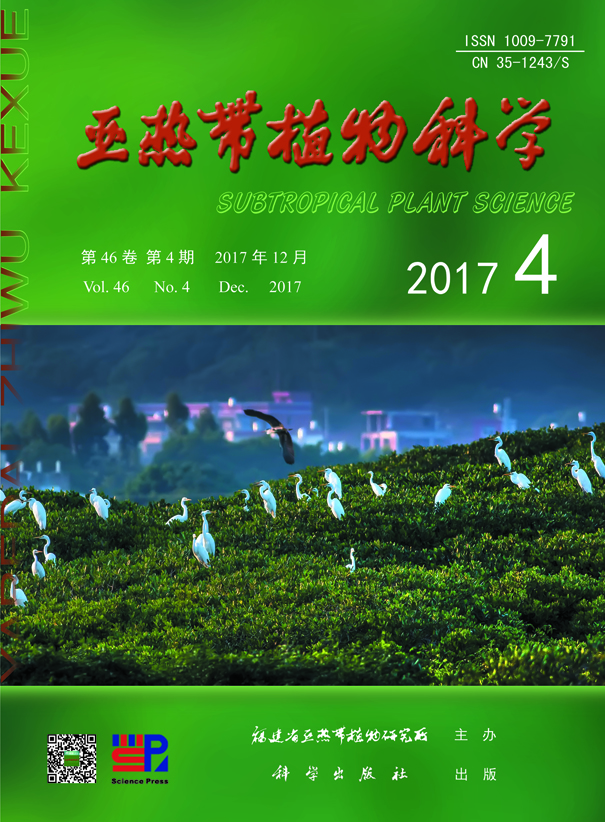|
|
Physico-mechanical Properties of Keteleeria fortunei Wood
ZENG Hua-hao,XIAO Xiang-xi,GAO Nan,LIU Xiao-hui,CHEN Jin-zhang,WANG Li-qin,HE Wen-guang,LIAN Xi-chun,HUANG Sheng-ji,HUANG Xue-min
2017, 46(4):
347-350.
DOI: 10.3969/j.issn.1009-7791.2017.04.009
The wood physical and mechanical properties of Keteleeria fortunei were determined and compared. The results showed that air-dried density and oven-dry density of the wood were 0.576 g穋m-3 and 0.544 g穋m-3, respectively, which indicated that K. fortunei was medium density wood. The radial, tangential and volume shrinkage coefficients were 4.408%, 3.272% and 7.892%, respectively. And the difference of dry shrinkage was 1.347. The wood of K. fortunei was not easy to crack and deformation characteristics. The bending strength, compression strength parallel to grain, the tangential surface, the radial surface and the surface hardness of K. fortunei wood were 92.701 Mpa, 57.217 Mpa, 4635.9 N, 3420.8 N and 3606.8 N, respectively. The bending strength, compression strength parallel to grain and hardness were all medium. The wood physical and mechanical properties of 50 years old K. fortunei was better than those of 22 year old Pinus massoniana and Pinus elliottii, 28 years old Cunninghamia lanceolata and Taiwania cryptomerioides.
References |
Related Articles |
Metrics
|
